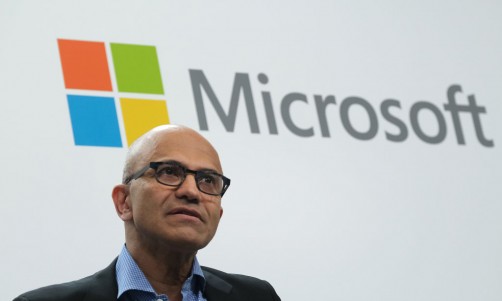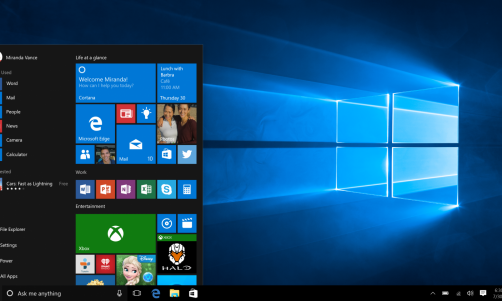As we mentioned over the weekend, video game interfaces have undergone some dramatic changes over the last ten years. But while head sets like the Oculus Rift are trying to take video games where many envisioned they'd go (virtual reality), Sifteo is using physical cubes to bring about a different kind of digital joy.
Speaking at the first Twofivesix video game and culture conference in New York, Sifteo co-founder Dave Merril spoke at length about infusing real-life objects with interactive, digital possibilities.
"Play is going full circle," Merril said. Sifteo's goal is to take experiences from humanity's past and reimagine them for the modern world. People started off playing with physical objects –– board games, dominoes, cards –– before video games arrived. For a long time, video games were virtual playgrounds only. Now, though, play is synthesizing digital and physical in ways that incorporate both.
Whether we're using a D-Pad to control Mario onscreen or a plastic guitar to rock out in a music title, the physical tools we use to play games matters a lot, Merril said. And he's right. The type of controller used is extremely important (Donkey Kong: Jungle Beat, for example, wouldn't be nearly as great without its Bongo drum controller). There's a relationship between the controller we use and the game itself.
"What if that line got blurred between video games and Legos?" Merril asked. That's the idea that inspired Sifteo cubes. "Enchanting everyday things" with interactivity.
As you can see from the image above, Sifteo cubes are little blocks, each with a screen built into the front. The cubes can't display powerful graphics, but the "Neighbor Sensor," as Merril called it, infused in each allows the cubes to recognize when they're near each other, opening up many different possibilities in the world of gaming. The cubes can be stacked on top of each other, linked, tilted, and more (check out the video below for a better look at what the cubes can do).
One Sifteo game showcased was a kind of maze racer that allows users to race with others. Each person used two cubes, and by linking them together at the correct side their character would "move" between cubes. You can flip and slide the tiles to connect the screens, and the first person to the end of the maze wins.
There's less area to work with here (obviously these screens aren't as big as what you'd find on a handheld system, tablet, or smartphone), but what's here is also more personal, according to Merril. The system comes packed with three cubes, but the platform supports up to 12, so the challenge is for developers to create titles that work well with any number of cubes.
And as extremely interesting as Sifteo is, the best part is that since it's a software platform, it can run apps made by other developers. As Merril said, this will lead to a much healthier product since the platform makers don't have to come up with all the ideas for it.
Already, Sifteo is lining up some great developers. The creator of Magic: The Gathering, is hard at work on a title for the cubes. One of the developers behind Bit.Trip is onboard, as is the indie team Die Gute Fabrik and others.
The interactive play space is expanding, not contracting, said Merril. Does one platform have to win and another lose, or can they co-exist? He's not sure what the answer to that question is, but creating a low barrier to entry for developers to do creative work? That's definitely a positive thing.














